Ramah Israel Institute
Poland Journey for Adults
RII offers an extraordinary annual masa (journey) to Poland geared for adults. While there are many such trips to Poland, only this one combines the flavor and style of Ramah and Conservative Judaism with the vibrancy and depth of exploring Poland.
On this seven-day trip, we will engage on a personal level with centuries of rich, layered Jewish communal life in Poland, understanding what the communities were like before they were destroyed by the Nazis. We will commemorate the tragedy of the millions murdered in the Shoah (Holocaust) and look at what Jewish Poland is like today.
To stand at places where such atrocities took place and to be able to say “Never Again, Am Yisrael Chai” is an experience that cannot adequately be described. To do this within the Ramah framework is even more special and meaningful.

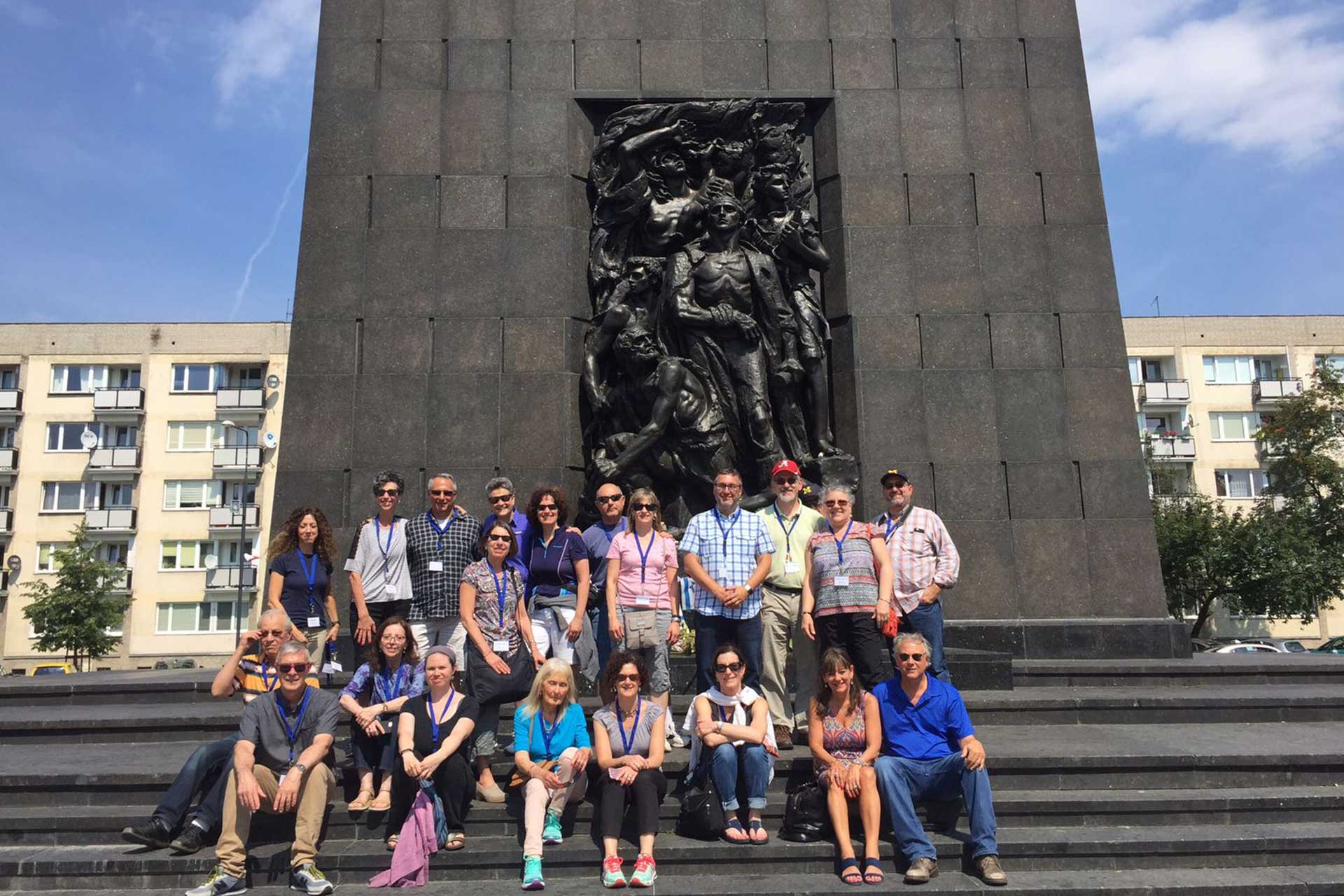
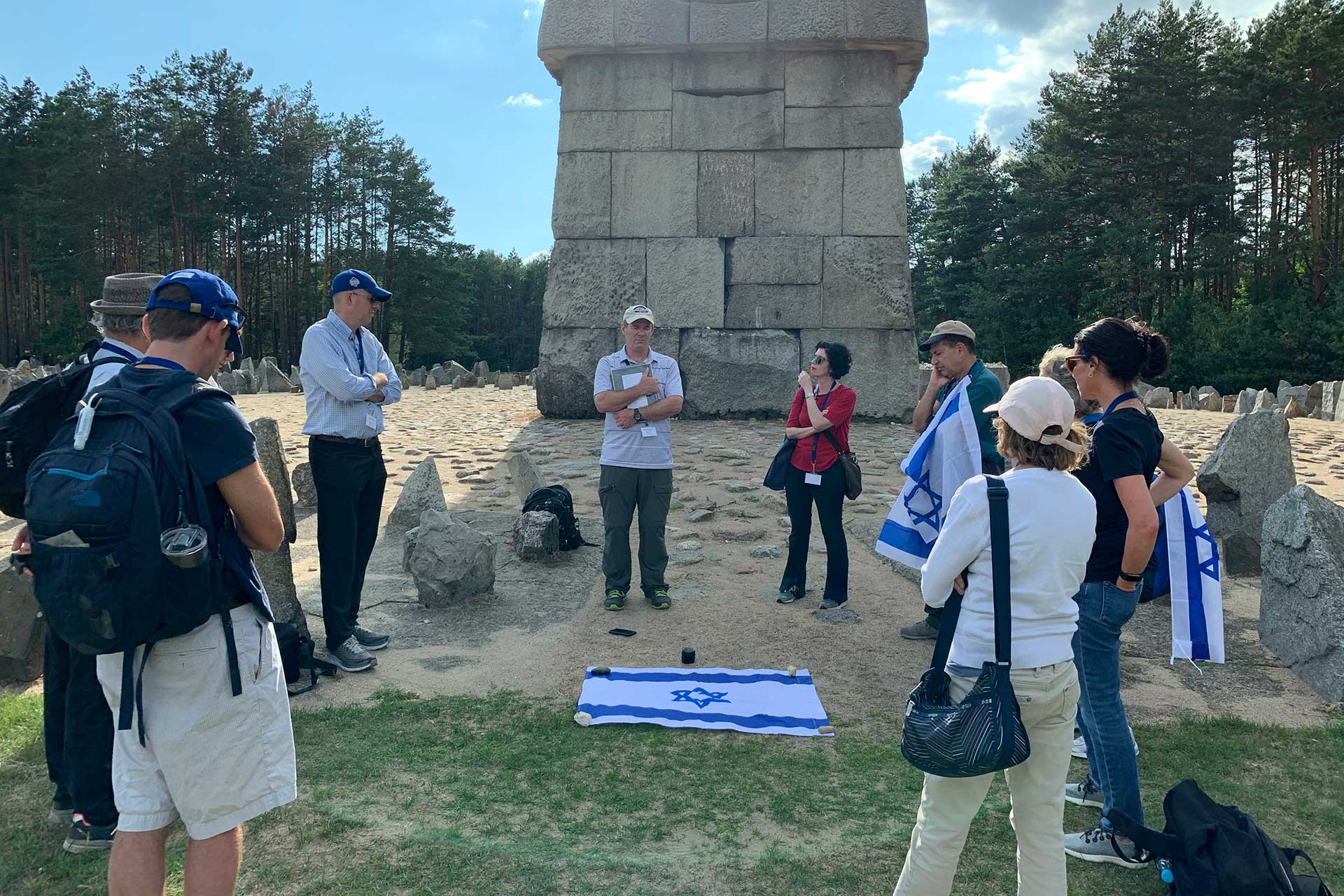

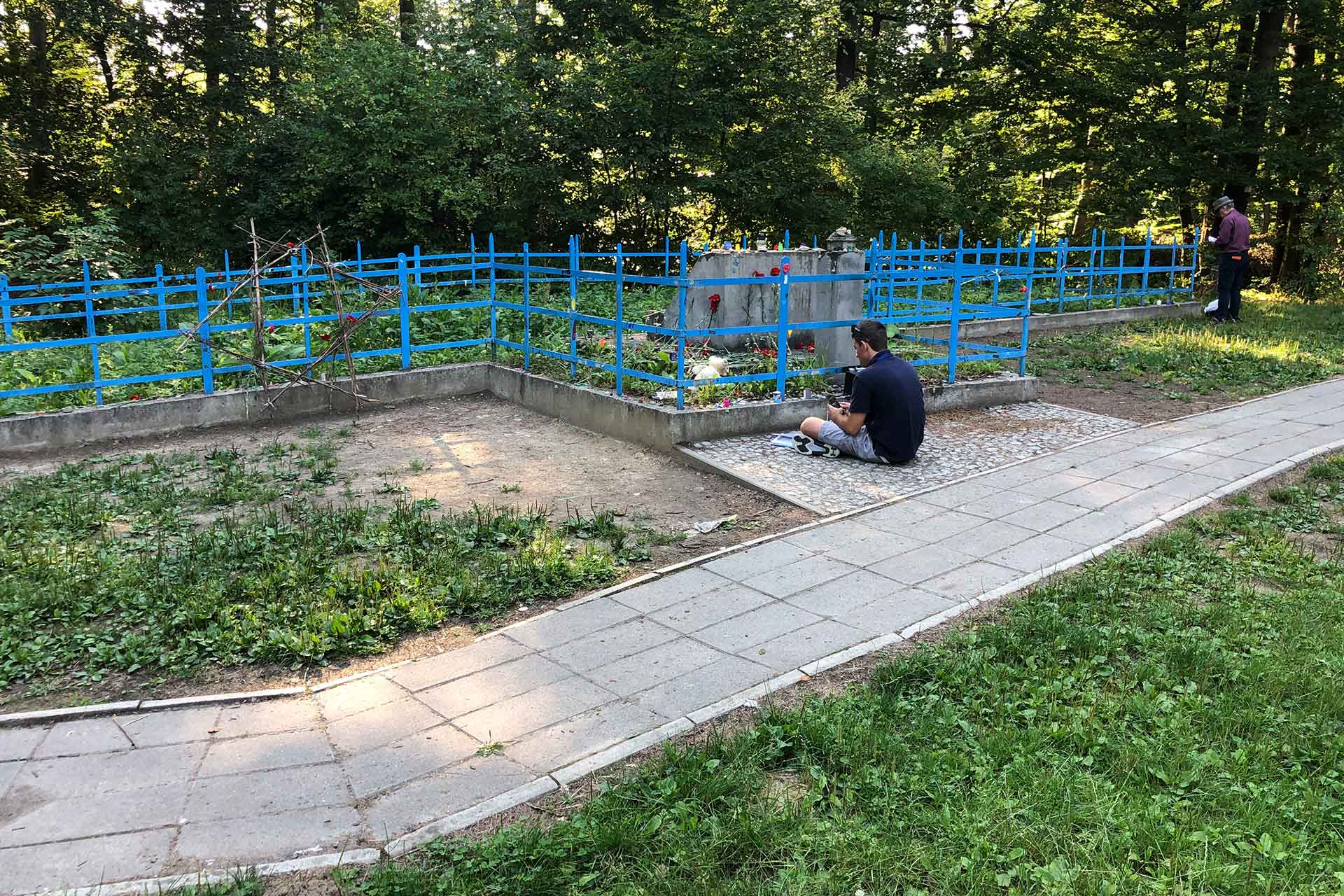
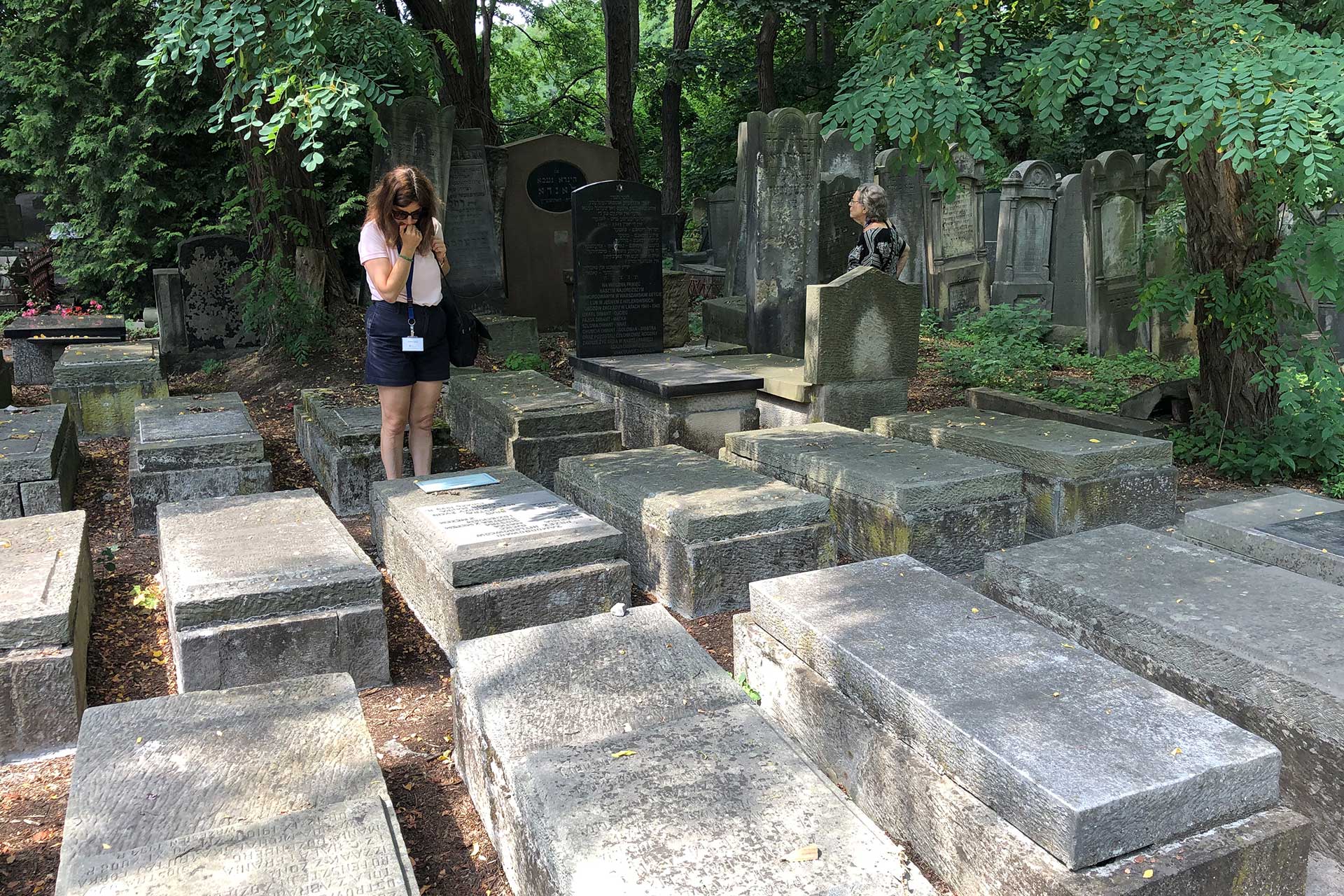
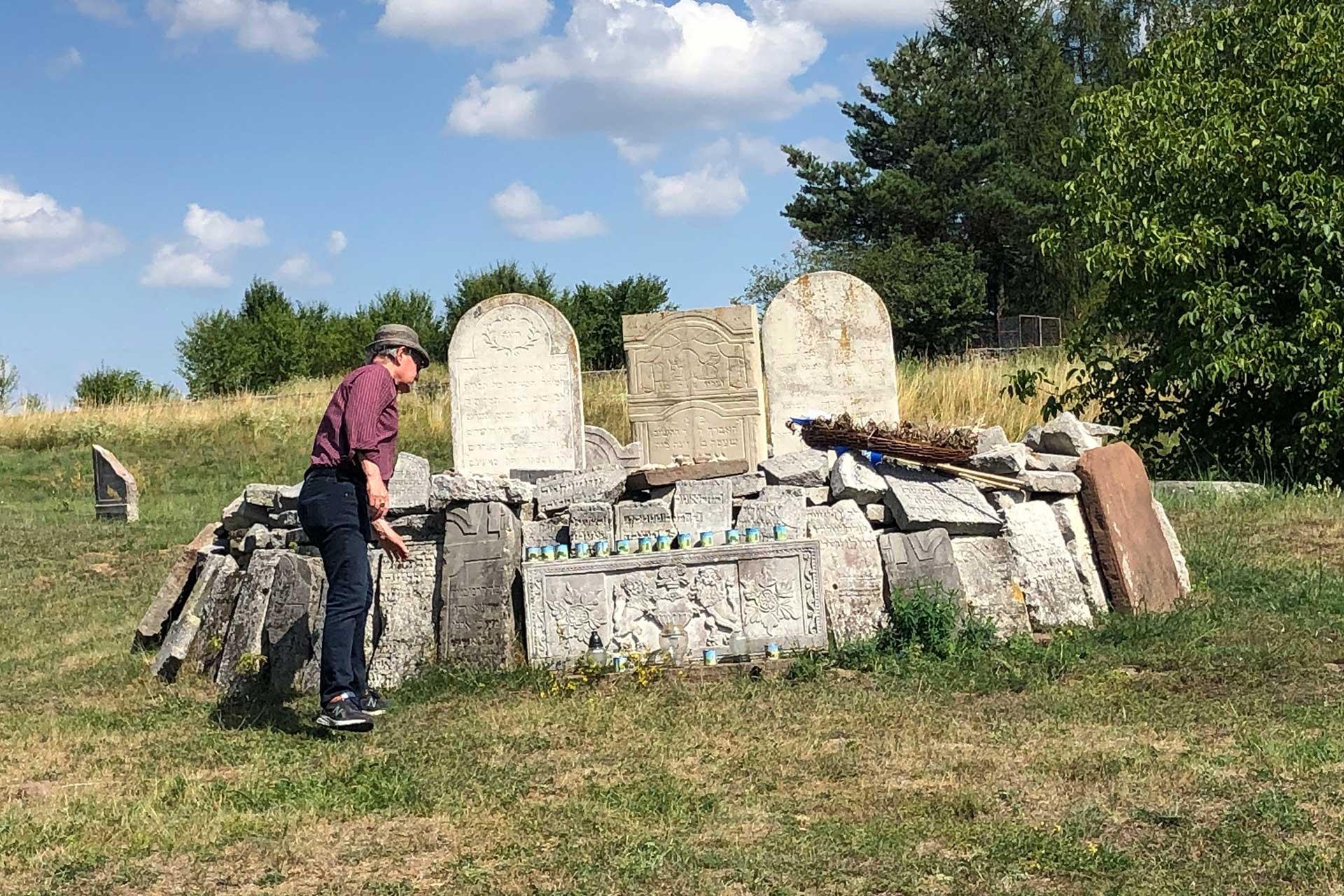
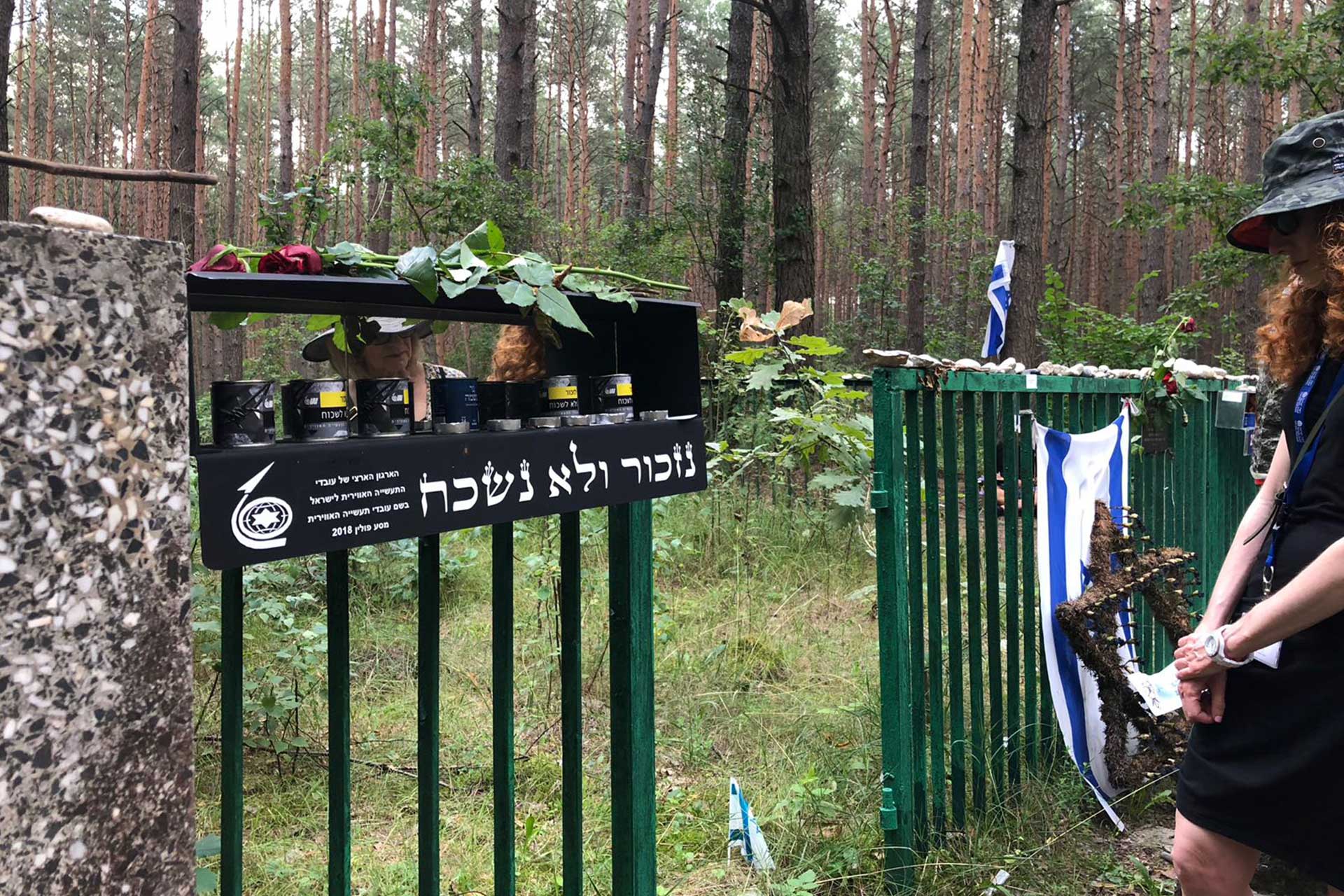
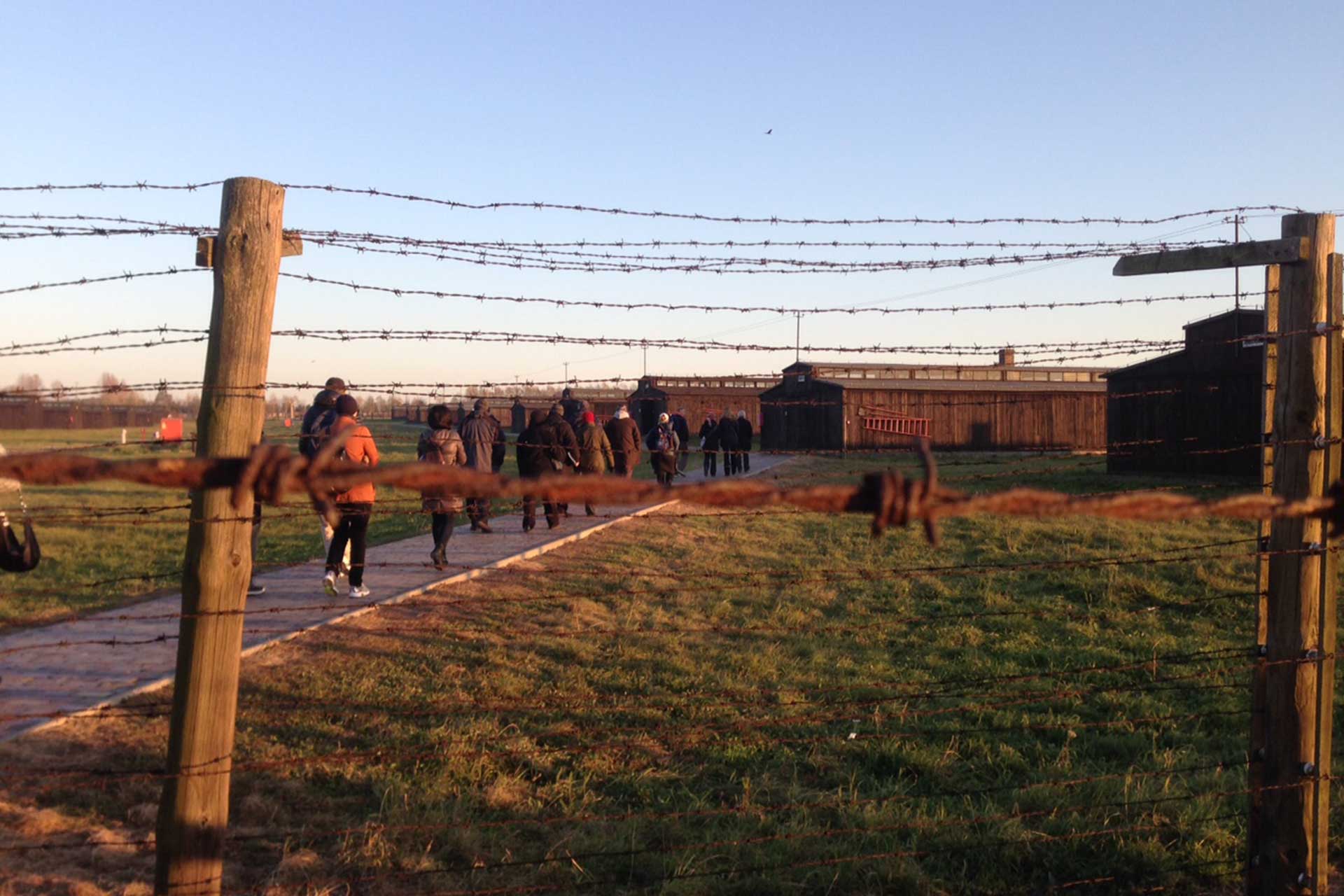
Dates & Prices
November 10-16, 2025
Price: $2,835 per person in double room // $415 single room supplement
Price Includes
- Six nights in 4+ star hotels
- Three kosher meals each day
- Transportation on a coach bus
- Entrance fees to sites
- A private Ramah tour guide/educator
- A local Polish guide
- Gratuities for Polish guide and driver
- Ramah sourcebook and map of Poland
Price Does Not Include
- Flights to and from Poland
- Travel, health or cancellation insurance
- Overweight luggage fees
- Gratuities for Ramah educator
Itinerary
*This itinerary is subject to change based on dates and availability.
Day 1 – Beginnings
- Explore 1000 years of Jewish life and culture in Warsaw’s Jewish cemetery
- Tour the new POLIN Museum of the History of Polish Jews
- Walk along the Ghetto Heros Trail to the site of the bunker at Mila 18
- Visit the only remains of the Warsaw Ghetto Wall
- Stand at the Umschlagplatz, from where most of the city’s Jews were sent to the camps
- Dinner at a local kosher provider
Overnight in Warsaw
Day 2 – The Shtetl: What Was Lost
- Drive to Tykocin and pray Shacharit in the refurbished synagogue, before exploring the shtetl
- Visit Lopuchowo Forest to honor those who were murdered and buried in mass graves at this site
- Tour the site of Treblinka Death Camp and pay our respects to the hundreds of thousands gassed there
- Return to Warsaw
- Dinner at a local kosher provider
Overnight in Warsaw
Day 3 – Hope is the Last to Die
- Pray Shacharit in the Nożyk Synagogue
- Drive to Lublin and tour the haunting Majdanek Death Camp
- Travel to Krasnik and visit the crumbling double synagogue, then return to Lublin
- Dinner and group procession session at the hotel
Overnight in Lublin
Day 4 – Galicia: There Once Was a World
- Pray Shacharit at Yeshivat Chachmei Lublin, one of the most important Talmudic academies
- Explore towns and shtetls in Galicia, on the way to Krakow
- Discover Lancut and Tarnow, cities with rich Jewish history and beautiful architecture
- Visit Zbylitowska Gora, the Children’s Forest, where even babies were murdered for the crime of being Jewish
- Dinner at a local kosher provider
Overnight in Krakow
Day 5 – The Banality of Evil
- Pray Shacharit at the Oswiecim synagogue
- Walk through the infamous Auschwitz and nearby Birkenau (referred to as Auschwitz II)
- Return to Krakow and prepare for Shabbat
- Take part in Kabbalat Shabbat services at one of the synagogues in Krakow
- Shabbat dinner with members of the local community at the JCC
Overnight in Krakow
Day 6 – Shabbat in Krakow
- Shabbat Shacharit services at one of the synagogues in Krakow
- Tour the Old Jewish Quarter of Kazimierz
- Optional walking tour of Wawel Castle, former seat of the kings of Poland
- Final group dinner at a local kosher provider
- Visit more Krakow sites on a night tour – Ghetto Plaza, the remains of the Ghetto Wall, and Schindler’s Factory
Overnight in Krakow
Day 7 – Departure. L’hitraot ! להתראות
Our Trip Leader / Educator
 Betsalel Steinhart is the Director of the Ramah Israel Institute. He is a deeply passionate Jewish educator and a licensed Israel tour guide. Betsalel has guided hundreds of groups, teens, adults, synagogues, and families over the past twenty-five years. He has traveled widely as a scholar-in-residence on a variety of Jewish topics. Betsalel studied Psychology and Jewish Philosophy at Bar Ilan University and has an MA in Jewish History and Jewish Education from the Schechter Institute for Jewish Studies in Jerusalem. He lives in Bet Shemesh with his wife and five children.
Betsalel Steinhart is the Director of the Ramah Israel Institute. He is a deeply passionate Jewish educator and a licensed Israel tour guide. Betsalel has guided hundreds of groups, teens, adults, synagogues, and families over the past twenty-five years. He has traveled widely as a scholar-in-residence on a variety of Jewish topics. Betsalel studied Psychology and Jewish Philosophy at Bar Ilan University and has an MA in Jewish History and Jewish Education from the Schechter Institute for Jewish Studies in Jerusalem. He lives in Bet Shemesh with his wife and five children.
In addition to being a sought-after educator in Israel, Betsalel has led dozens of Poland Journeys. Like so many, his family connection to the Shoah was what pushed him years ago to first travel to Poland, and then to become a passionate educator on these incredible journeys. This family connection also fuels the trip’s spirit and imbues each participant, whether from Israel or around the world, with the opportunity to connect on a spiritual and personal-emotional level. Seeing sites as a tourist is very different from connecting and personally digesting those same sites. One can simply visit a synagogue that is now a museum, or one can do it as we do it on RII’s Poland Journey, bringing synagogues back to life with song, prayer, and dance.
Betsalel looks forward to sharing this journey together with you this fall.
Testimonial
“I cannot thank you enough for the transformative trip we took in 2018 to Poland with Betsalel and Ramah Israel. To say we were nervous before the trip would be a huge understatement, but your calm presence, ability to always know what to say and when to say it, what song to play, what passage to read, and when not to say anything – was so perfect for us. For a week, we traveled together, cried, danced, and reflected together. I will cherish the memories of the Poland trip, and I am grateful for your guidance and for meeting all the wonderful people that my daughters and I traveled with on this journey.
You made the seemingly unimaginable become a reality by changing the schedule of the group, to not only visit my birthplace in Krakow but to connect to my family’s roots and stand in my grandfather’s old shul in a tiny shtetl that even you had never been to before.
We are forever grateful!
E.L., New York
Sites of Interest
The Okopowa Street Jewish Cemetery in Warsaw is one of the largest Jewish cemeteries in Europe – occupying 33 hectares (83 acres) of land. Created in 1806, on the brink of the boom of Jewish population in Warsaw, today there are approximately 250,000 people buried there – approximately 170,000 with graves and tombstones and 80,000 buried in mass graves from the ghetto time of the war. Many of these graves and crypts are overgrown, having been abandoned after the German invasion of Poland and subsequent Holocaust, although the cemetery is still used today.
During the early part of the Warsaw ghetto in the 1940s, the cemetery was on the border of the ghetto, and it was used by the Jews for smuggling goods – mainly food – into the ghetto.
Fascinatingly, although one tends to associate sadness with a cemetery, for Ramah groups visiting there is a certain happiness connected with this cemetery. For the most part, the people who were buried there had the honor to die and be buried in dignity, as opposed to the millions of martyrs killed by the Nazis who have no graves and were completely degraded in life and death.
Also, although a cemetery teaches us much about the person buried there, it teaches more about the people doing the burial and mostly about the community in charge. We can learn a tremendous amount about life before the Shoah. It wasn’t just “Tradition!” from Fiddler on the Roof – just religious shtetl Jews! This was the center of all walks of Jewish life, with all kinds of people living and thriving next to each other – religious, secular, poets, statesmen, politicians, lawyers, tradespeople, and doctors. Here lived side by side, and were eventually buried side by side, Polish nationalists, Zionists, Hasidic Jews, Misnagdic Jews, Bundists, communists, and assimilationists – and they managed to get along!
The Okopowa Jewish Cemetery is the perfect way to start a trip to Poland, by understanding who and what made this such a rich and varied cultural tapestry.
Tykocin and nearby Lupochowa Forest
One morning on the trip gives us a fascinating look into Jewish kehilla lifestyle, as well as a chance to memorialize the first, often overlooked stage of the mass murder committed against Jews of Europe.
Tykocin was a fairly typical small town shtetl, near the city of Bialystok. We visit it less because of its own inherent importance and more because it stands in for the tens of thousands of shtetlach of Eastern Europe and Russia. Even today, you can still feel that small town shtetl atmosphere, as 70 years on, there are many remains aside from the incredibly beautiful, refurbished synagogue that dominates one half of the town.
At its peak, there were about 2,500 Jews living there, half of the population. As with so many shtetls, and emblematic of Jewish Poland back then, Jew and Christian learned to live together – next to each other but separately, each needing the other, though not without much tension and occasional pogroms or violence. Wealth eluded them, but a community structure of caring and tight-knit order existed, with family, Torah, and mitzvot as the central themes.
Operation Barbarossa, in June of 1941, was the invasion of Russia by Nazi Germany. Units of SS called Einsatzgruppen, following behind the regular army and often with the help of the local population, were tasked with going from shtetl to shtetl to round up the Jews and take them to their fate. There was no selection, and no labor camps for the healthy, just mass extermination, regardless of physical condition or social status. This was long before any gas chambers, and this slaughter of 1.5 million Jews became known as the Holocaust by Bullets.
In August of 1941, three large pits were dug in Lupochowa forest, near Tykocin, and on August 25th, 1500 Jews gathered in the main square next to the synagogue. They were marched to the forest, forced to strip naked, and row by row were shot, falling into those pits. The same events repeated themselves the next morning, and by noon of August 26th, the 400-year history of Jewish Tykocin had come to an end.
Today, Lupochowa forest is an achingly beautiful place, with hundreds of tall slender trees, endless foliage, sunlight filtering through the leaves, and all manner of wildlife. It is also home to three large, lonely, filled-in, and fenced-in pits, a silent memorial to those who were murdered here. May their memory be for a blessing.
